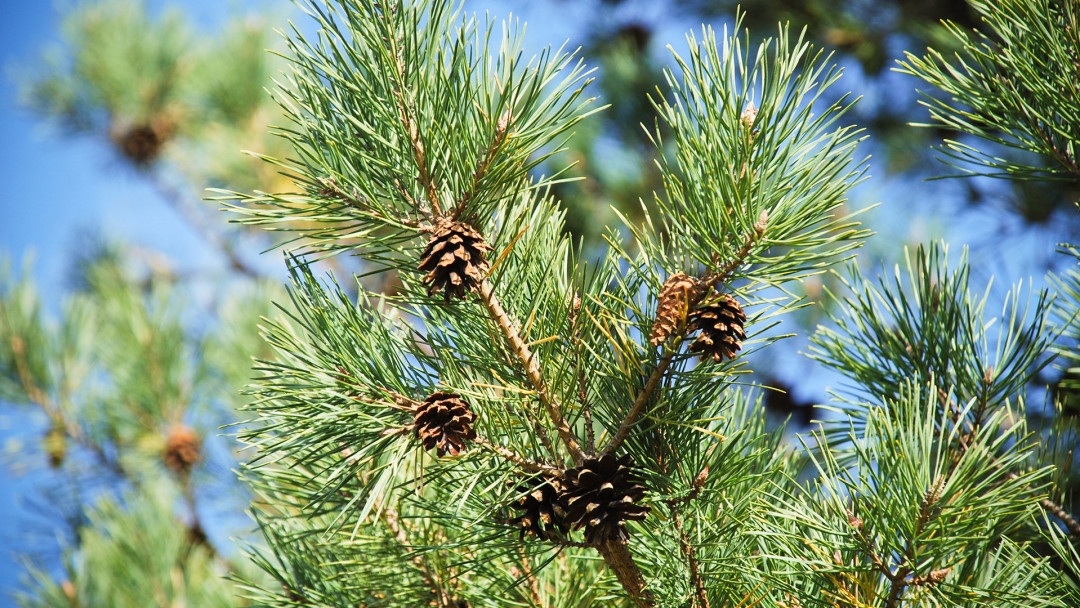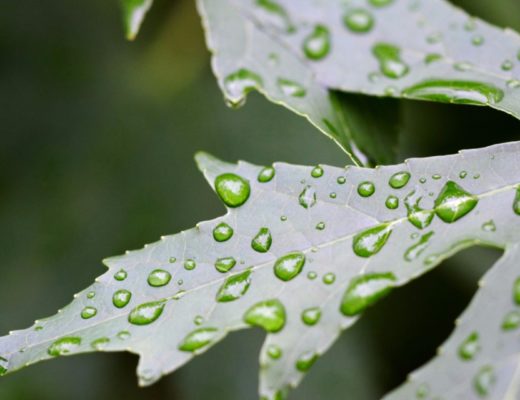Pinus sylvestric
![Scots-Pine_3-902[2]](http://arbordayblog.org/wp-content/uploads/2015/12/Scots-Pine_3-9022-275x300.jpg) The Scots Pine was popular at the turn of the century on old farm fields. Early farmers were familiar with this species from its growth throughout Europe and knew it could tolerate poor, dry soil.
The Scots Pine was popular at the turn of the century on old farm fields. Early farmers were familiar with this species from its growth throughout Europe and knew it could tolerate poor, dry soil.
Eventually they found that the trees did not mature into the fine timber stands they envisioned, but often stagnated or had twisted trunks. It was the beginning of the realization that seed sources vary widely and must be matched to the planting site. There are more than 35 different seed sources commercially recognized.
The Scots pine also happens to be amongst the country’s most popular Christmas trees because of their excellent form and great needle retention.
Here are a few things to note if you’re considering adding a Scots pine to your yard.
Environmental Conditions:
- Scots pine grow well in acidic, clay, loamy, moist, sandy, well drained and well drained soils, they are also drought tolerant (hardiness zones 3-7).
- Slow to medium growing tree, growing one to two feet a year and reaching 60 feet at maturity.
- Prefers full sun, at least six hours of direct sunlight every day.
Physical Attributes:
- Has thick, scaly, dark grey-brown bark that thins out and turns reddish-orange near the top as the tree ages.
- Dark green to blue needles extending one to three inches in length.
- Scots pine seeds are popular among wildlife, owls are known to nest in the trees.
Tag us in a photo with your Scots pine tree!




